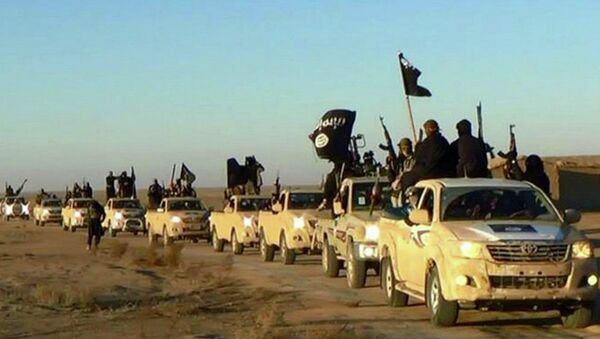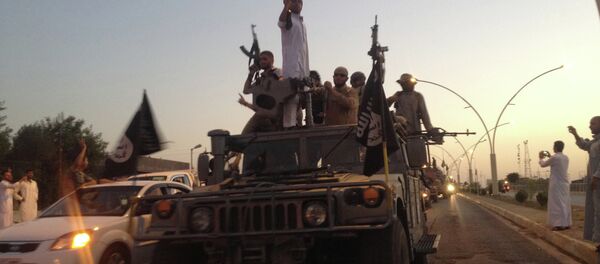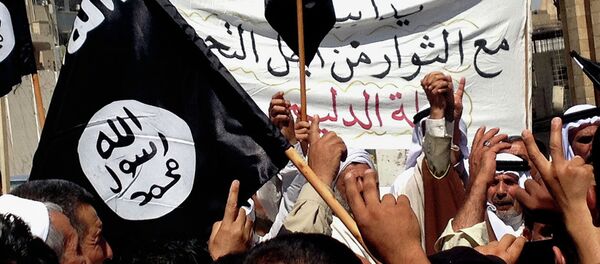The suicide attack by Islamic State militants took place on May 22, during a Friday prayer in a Shiite mosque in Qatif in the eastern part of Saudi Arabia.
It is clear that ISIL’s strategy is to target Saudi government and Quds Force elements inside the Kingdom that are working to disrupt their support networks.
With this act of terrorism ISIL planned to demonstrate their capabilities and impress both their enemies and supporters, Israel Hayom newspaper claims.
The terrorists tried to show that the Saudi authorities are unable to do anything against the terrorist threat.
Apart from terror attacks, ISIL is also conducting a massive self promotion through social networks, in an attempt to seize the means of spreading ideas to the masses. They continue to apply terror as an important tool for the realization of their ultimate goal — the creation of a worldwide caliphate.
Selecting a Shiite mosque as a target for the terrorist attack corresponded to the strategy of the terrorists as they aim to achieve two goals: to strike at the Shiite population, which ISIL considers heretics and collaborators, and sees them as their main enemy.
ISIL today, has taken over Ramadi in Iraq and Palmyra in Syria. It seeks to restore the image of the conqueror, to avenge Arab countries for participating in the international coalition at war with them.
Unfortunately, this is just part of the escalating violence plaguing the Arabian Peninsula. Just across the border in Yemen, UAE SOF personnel on the ground have been reaching out to the fragments of pro-Hadi units that broke away from the military when the Houthis seized control of the government.
However, there’s an increased Houthi SAM threat in the Province and the local Hadrami tribe are little more than opportunists known for constantly changing allegiances.
As part of its strategy ISIL carried out recent attacks in Saudi Arabia and Yemen. The attacks also serve as a substitute for military intervention, which ISIL cannot carry out due to a lack of resources.
The recent attacks show that the presence of such terror groups in the Arabian Peninsula remains strong.




